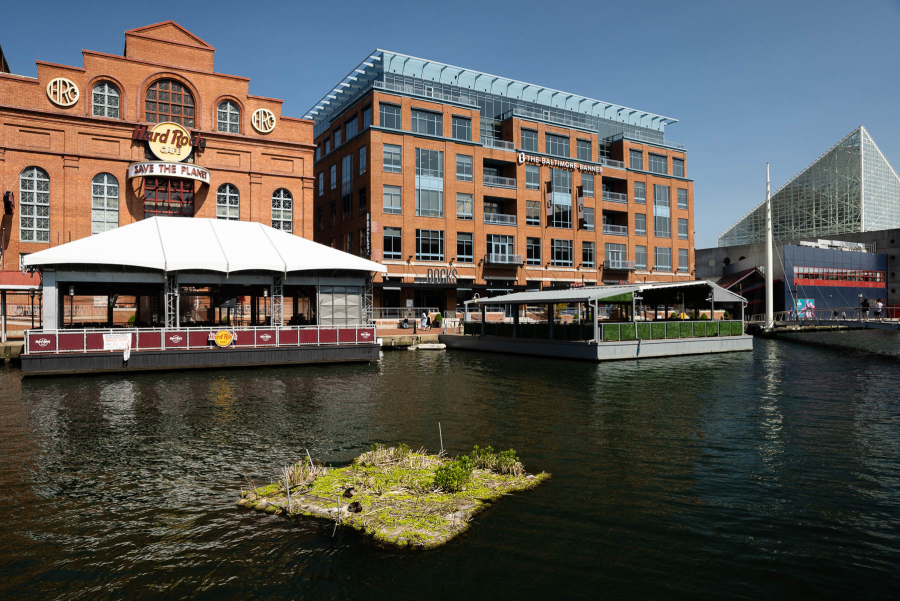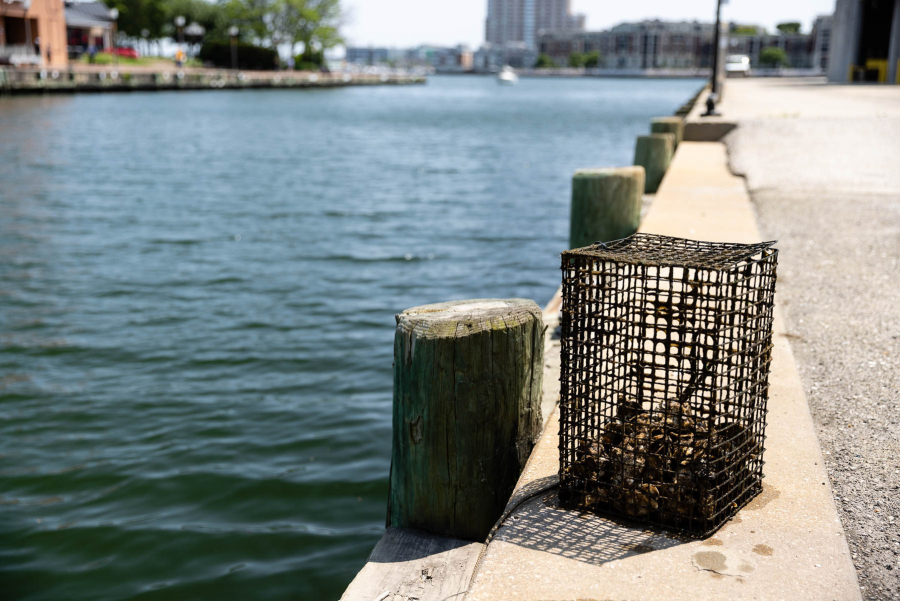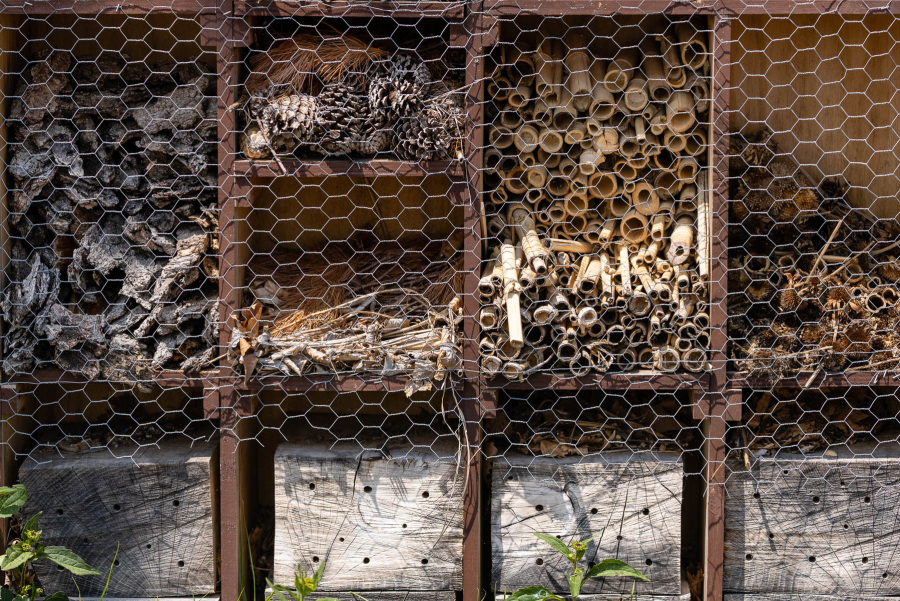Explore the hidden habitats of Baltimore’s Inner Harbor
A turtle island, floating wetlands, oyster cages and more are sprinkled throughout the waterfront






A turtle island, floating wetlands, oyster cages and more are sprinkled throughout the waterfront






Comments
There are no comments.
Thank you!
Your comment has been received. Before it can be published, the comment will be reviewed by our team to ensure it adheres with our rules of engagement.
Back to recent stories